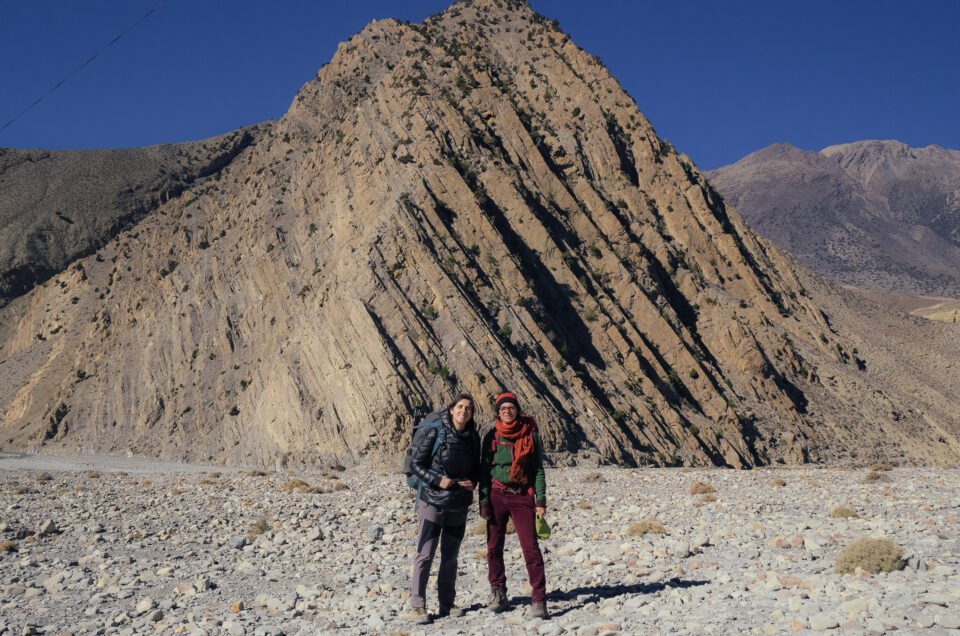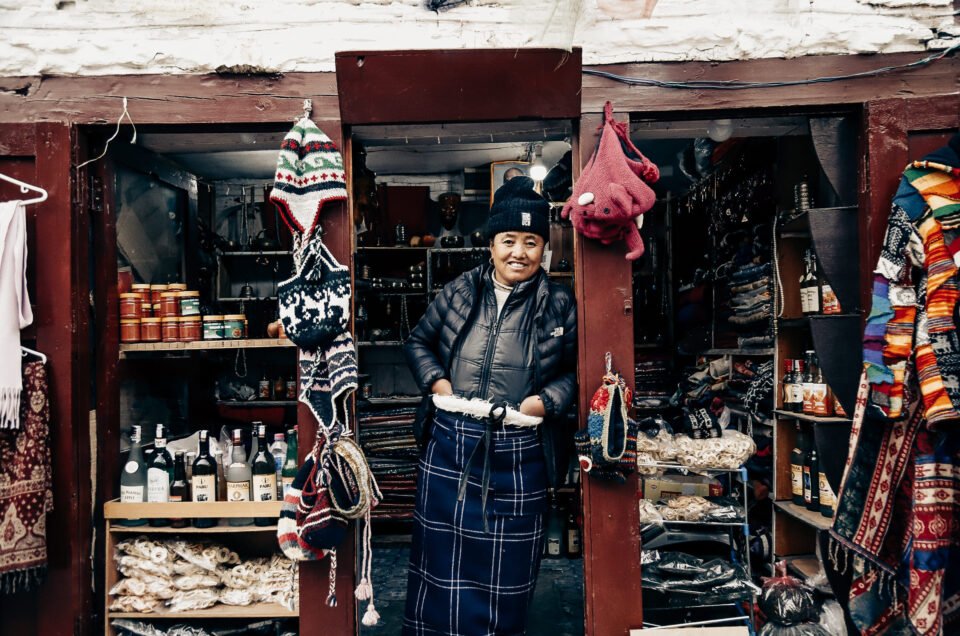Nepal is a country with a troubled political history and a difficult geography. Partially destroyed in a magnitude 8 earthquake in 2015, it saw the disappearance of numerous UNESCO World Heritage Sites. Not even Mount Everest – the highest peak in the world – escaped. With high temperature variations, political instability, a weak transportation system and difficult access, what makes us want to visit Nepal anyway?
Despite all this, Nepal is the “richest” country in the world. Rich in landscapes, rich in hospitality, rich in history, rich in soul.
Arrival in Nepal is usually by plane at the humble Tribhuvan International Airport in Kathmandu. A small airport with no air conditioning, stuck in time, is the visiting card for the more than three million passengers who choose to visit Nepal by air. As we left the airport, we immediately saw the small cabs, all white, decorated in the Nepali style, in an iconographic mix of sports brands and religious devotion. There are no meters and cab rides are expensive: fuel is expensive in Nepal, and the car import tax is high. Owning a car, even these little “matchboxes” that serve as cabs, is a luxury that few people can afford.
The roads in Nepal are an adventure. Winding through the Himalayas, they are unsuitable for vertigo sufferers or those with sensitive stomachs, but they make up for it with absolutely spectacular views. Nepal has improved its transportation system for tourists over the last few years, not by improving the road system, but through new “tourist” buses, private jeeps and many internal air connections in small aircraft that save us hours of tumultuous travel – the latter is undoubtedly recommended for those who don’t like uncomfortable roads, and have more money, of course. Land travel is always slow, but in a tour bus you can travel slowly in a more comfortable place, where the bumps in the road have a slightly more cushioned impact. Don’t be fooled by the advertisements in the agencies, which will sell you services such as wifi on board or toilets for an extra price: the mobile network in Nepal is unstable (let’s blame geography!), and even though the “toilets” in the small cafés and stores on the side of the road left us pondering a test of endurance for our bladder, the curve-counter-curve on the Nepali national roads challenge even the best of aerialists to use the facilities on board.

Nepal has always managed to turn its difficult geographical layout into its added value. Rightly nicknamed “the highest roof in the world”, it is in this country of small areas that we find the highest altitudes: eight of the ten highest peaks in the world are in Nepal. The difficult landscape has shaped not only Nepal’s geography, but also its personality. Remote villages and tribes, which no more than ten years ago were small independent kingdoms, now form a single country, whereas there were once more than 70. To the north are the Tibetan tribes, some of whom have been here for centuries, others for just a few decades, such as the many families who fled Tibet during the occupation and unification of China, and are still here. To the south, tropical regions like Chitwan, where the land is flatter and warmer, and populated by elephants, rhinos and tigers, or Lumbini, the land that saw the birth of Buddha.
United by politics and law, each of these areas still retains its individuality: there are more than 120 official dialects / languages in Nepal, and in each region the tribes maintain their customs and traditions. A trip to Nepal, more than a geographical journey, is a plunge into a cultural immensity, many journeys in one.
Kathmandu is today the capital of the Republic of Nepal. Located in the center of the country, this is where most travelers arrive. It was the city most affected by the earthquake, and even today, two years on, you can see debris, dust, walls that no longer support buildings, roads and landslides all over the city. Durbar Square in the epicenter of the city, a UNESCO heritage site, has been razed to the ground. It’s hard to imagine the medieval architecture that was concentrated there intact. Of the alleyways that have survived, many still retain their typical features in the small hanging balconies, made of wood, full of small details.
One of the temples that survived in Kathmandu, suffering only minor damage, was the Swayambhunath Buddhist temple, better known as the Monkey Temple. Located on the highest hill in Kathmandu, it is the ideal place to see the whole city from above. Giving it its name are the many monkeys that roam the area, stealing food and pulling suitcases while delighting tourists’ lenses. More than just a tourist attraction, this place is steeped in Nepali mythology: the round base represents the world at the foot of Nepal (the roof of the world), and on each of the four sides of the stupa are a pair of painted eyes. This pair of eyes is the symbol of the country and represents Wisdom and Compassion.
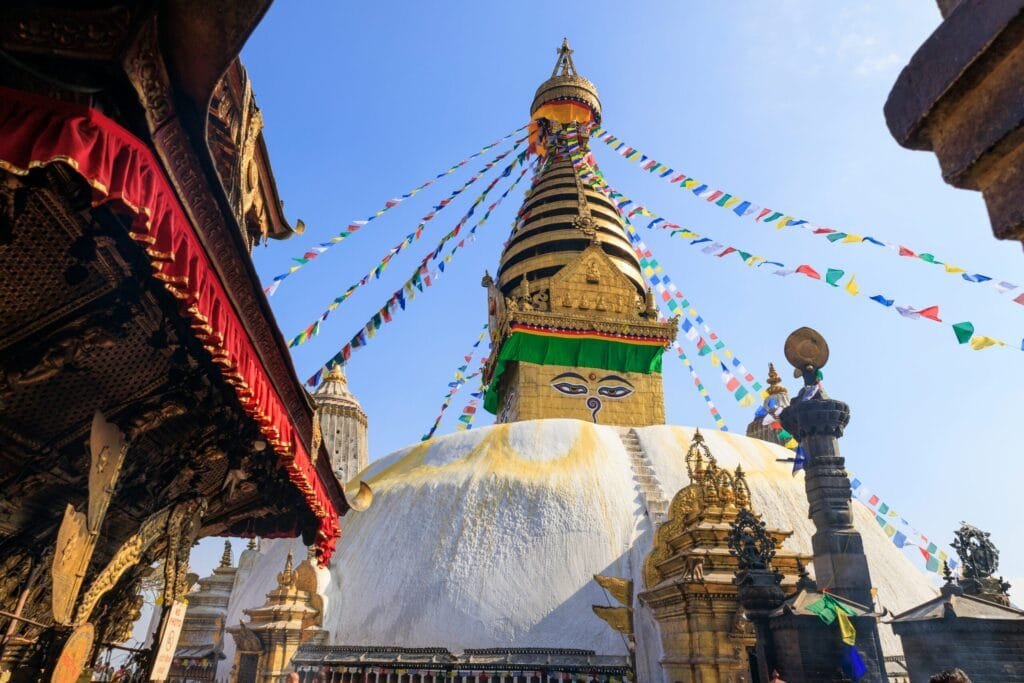
Throughout Nepal, and not just in Kathmandu, it’s common to see and hear the Tibetan mantra “Oṃ Maṇi Padme Hūṃ” (ཨོཾ་མ་ཎི་པདྨེ་ཧཱུྃ – often painted in Buddhist colors: white, green, yellow, blue, red and black). This mantra is particularly important for Nepal, and each syllable has a meaning: generosity, ethics, patience, diligence, renunciation and wisdom. Because it is a mantra about renewing energy, it has become almost an “anthem” in Nepal, especially after the earthquake. You hear it on every street corner, all over Nepal, all the time. It must be repeated 108 times, each time it is sung. When we stroll through the charming Thamel neighborhood in the center of Kathmandu, this mantra echoes throughout the stores. This is where most of the tourist stores are concentrated. From yak wool to mountaineering equipment and clothing, teahouses and Buddhist mask stores, there’s everything. There are also a lot of restaurants here, offering all kinds of food: Nepali, Indian, Oriental and Western. But the best thing is to take advantage of Kathmandu to get your stomach used to the local diet: “momos”, a kind of small pastry that can be fried or steamed, are the most common, and there are buffalo, chicken or vegetarian ones. But the national dish is “dal bhat”, boiled rice with a side dish of vegetables, meat or fish, and sauces, which can be repeated as often as you like. Rice is seen in Nepal as a source of energy and good digestion, especially when you have to climb mountains on more risky trails. Another unmissable dish is “thukpa”, a noodle soup whose ingredients vary depending on the region, and is seen more in mountainous areas with lower temperatures.
After Kathmandu, Pokhara – the adventure capital of Nepal – is one of the must-sees for anyone visiting Nepal. Pokhara is a small town next to Lake Phewa, which is home to one of the 80 pagodas that promote world peace, the Shanti Stupa. It is from this stupa, at an altitude of 1100m, that you have the best view of the Annapurnas mountain range, one of the most popular mountain hiking circuits in the world, and also one of the riskiest.
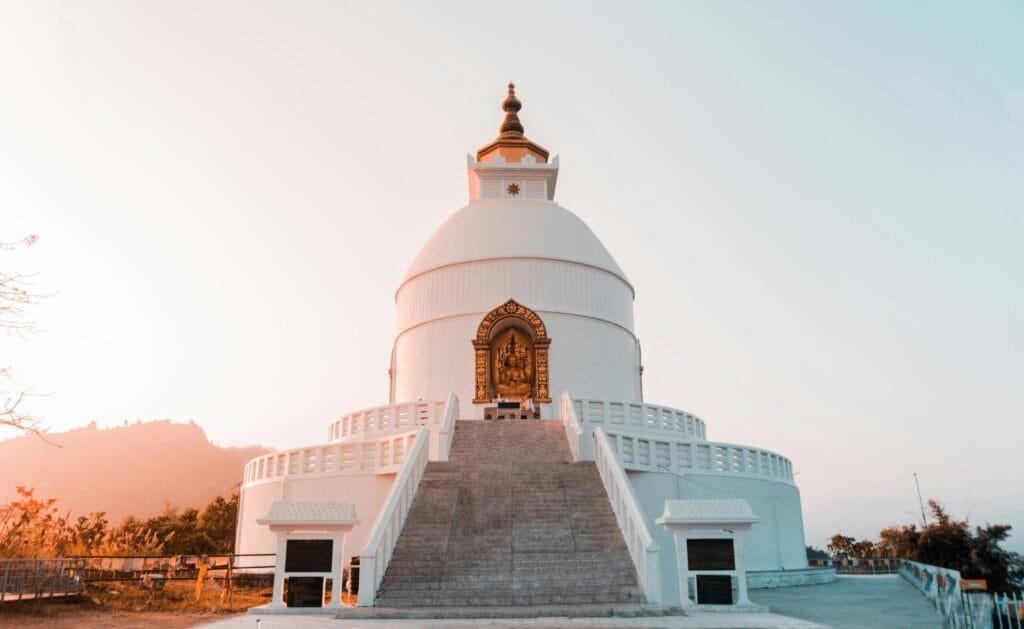
Pokhara is the starting point for these hikes. There are circuits to suit all tastes, from just one day (like the hike to the Shanti Stupa) to 20 days (like the Annapurna circuit), but all of them are incredible. The Annapurna circuit is one of the longest, taking between 15 and 20 days to complete and going up to 5500m above sea level, with Annapurna Base Camp being one of the most challenging in all of Nepal. Annapurna I, the highest peak, is just over 8000m, but – unlike Everest – has never been climbed to the top. Although less high than the Everest mountains, the Annapurnas are more impressive, and bring a greater challenge to those who want to conquer them. However, hiking is easy, without much physical preparation: porters and local guides who know the area well are always on hand. The circuits are very well marked, and there are checkpoints along the way, where in addition to stamping our trekking card (compulsory for anyone venturing to the mountain, registration is done in Pokhara or Kathmandu), they have drinking water, free information, maps and recommendations from the officials if necessary.
Climbing the Himalayas is a must for anyone visiting Nepal: nowhere else do you get this feeling of the immensity of the world. Despite the low temperatures, it’s worth waking up before the sun rises. The rosy colors reflected in the icy walls of the Himalayas by a red sun that rises in force for another day in the mountains is one of nature’s most incredible spectacles. Here, all life is ruled by the sun. The shepherds take their flocks out of the shade and pull them into the sun, the streams and brooks thaw, the eagles soar back into the sky. And the mountain adventurers put on their snow boots, pick up their snow poles and hit the road: at 11 a.m. the mountain wind blows, icy, to be avoided on the great plains, so you walk first. By 11 a.m. you want to be at someone’s house, drinking Tibetan tea, salty and foreign to your sweet tooth. Chipatas are cooked and hot apple juice, which is abundant in the region, is drunk. Outside, the kids play with nothing: irons, stones and sticks, in an imaginary world full of legends of dragons and conquerors. The carefree life above 3000m has a charm all of its own for those who haven’t yet had to deal with the worries of a modern civilization.

Back in Pokhara, at the end of the Annapurna circuit, it’s worth venturing out and paragliding over Lake Phewa. The region, with stable weather conditions all year round, offers spectacular views and the chance to take a calm or adrenaline-filled flight (depending on your taste!), but always in safety. Jumping from Saranghot, at 1400m, over the still waters of Lake Phewa, with Annapurna in the background, is one of the most freeing feelings you can have.
By visiting Nepal, we as travelers are ensuring the country’s economic sustainability, as tourism is its largest industry. And in return we receive part of that soul that teaches us to see and appreciate life through different eyes. There is something about Nepal that has no adjectives to describe it, a humble and sincere feeling, the ability to bring out the best in us. In a country rising from the rubble of a catastrophe, where there’s always a smile and a cup of tea waiting for you, visiting Nepal is more than a vacation, it’s an investment. Because after all, Nepal is certainly the place where we spend our money, and we’re the ones who come back richer.
Continue reading:
